Free radicals have gained a bad reputation in mainstream media over the years.
Their highly reactive nature means these molecules can potentially damage cells, proteins and DNA, and they are, therefore, linked to various conditions such as premature ageing and many chronic degenerative diseases.
However, the nuance lost in many articles on the subject is the fact that free radicals are normal by-products in a complex energy production process that occurs in our cells.
READ MORE | Why prevention is often better than cure
A natural response
That means some degree of free radical-driven ‘damage’ – known as oxidative stress – is normal. It’s similar to how your muscles grow following damage caused by intense training or exercise.
Accordingly, some degree of oxidative stress is necessary to initiate certain beneficial responses, be it after exercise or an immune reaction to an infection.
In this way, free radicals help to create resilient cells that can withstand metabolic stress and disease.
READ MORE | ‘Reverse’ ageing by three years with lifestyle, diet changes, suggests study
Overblown response
Problems arise when our bodies become overwhelmed by free radicals in response to chronic stress or an overblown acute response.
In these instances, free radicals can accumulate and the resultant cell damage can spiral out of control. This state can also impede normal cell repair mechanisms.
This accumulation can happen due to poor diets, particularly when we consume sugar or refined carbohydrates in excess or eat pro-inflammatory processed foods such as trans fats. Environmental or chemical stress, overtraining, chronic disease or excessive work or lifestyle stress, or a combination of these and other related factors are also major contributors.
READ MORE | Get concentrated power from superfood powders
Antioxidants – Free radical fighters
Our bodies keep all levels of oxidation in check with the help of substances called antioxidants.
Antioxidants lessen or prevent the effects of free radicals by reducing their reactivity through a chemical process. This is technically known as an oxidation-reduction or redox reaction, where molecules transfer electrons between each other to balance their charges to reduce reactivity in the unstable molecule.
Antioxidants are unique in that they can donate an electron without becoming reactive free radicals themselves.
Our body also needs a variety of antioxidants as free radicals have different effects in different areas of the body, and not every antioxidant behaves in the same manner due to their different chemical properties.
The best place to get antioxidants is from your diet. They’re found in abundance in natural foods, particularly fruits and vegetables, as well as supplements.
Carotenoids like beta-carotene and lutein, minerals like selenium and manganese, vitamins A, C and E, and certain phytonutrients such as lycopene, flavonoids, phenols and polyphenols are potent antioxidants we can derive from the foods we eat. Additional antioxidants include alpha-lipoic acid, coenzyme Q10 and glutathione.
Natural, antioxidant-rich foods offer optimal bioavailability and a beneficial biological effect, which is sufficient to deal with any normal acute increase in physiological free radical production that occurs in response to standard training or typical daily life stress.
How to reign in rampant free radicals
However, it is during periods when stresses surpass normal, beneficial levels, like during intense training blocks, work deadlines, exposure to pollution or chemical substances or while we’re sick, that additional antioxidant support may be beneficial.
In these instances, adding more antioxidant-rich foods to your diet is a sensible approach. Modern farming practices and food preparation techniques can reduce the antioxidant content of these foods, which is when supplementing with well-formulated products can offer nutritional support.
Modern multivitamin and mineral supplements generally contain a broad spectrum of antioxidants, which makes them ideal for use during periods when free radical production might exceed normal levels.
Single-antioxidant supplements such as vitamin C may also be beneficial in specific instances, like during colds or flu infections because immune cells require a greater supply to function optimally in these specific circumstances.
In these instances, practical recommendations suggest a micro-dosing approach is best, rather than mega-doses in the morning and/or evening.
This ensures that we don’t overwhelm our bodies with antioxidants, which can suppress many of the other beneficial processes that free radicals initiate, such as the adaptive response to exercise. In this context, it may also be beneficial to avoid supplemental antioxidants immediately before, during or after training.
Ultimately, it is best to get most of your antioxidants from whole-food sources, relying on supplements to augment your intake during periods of heightened demands.

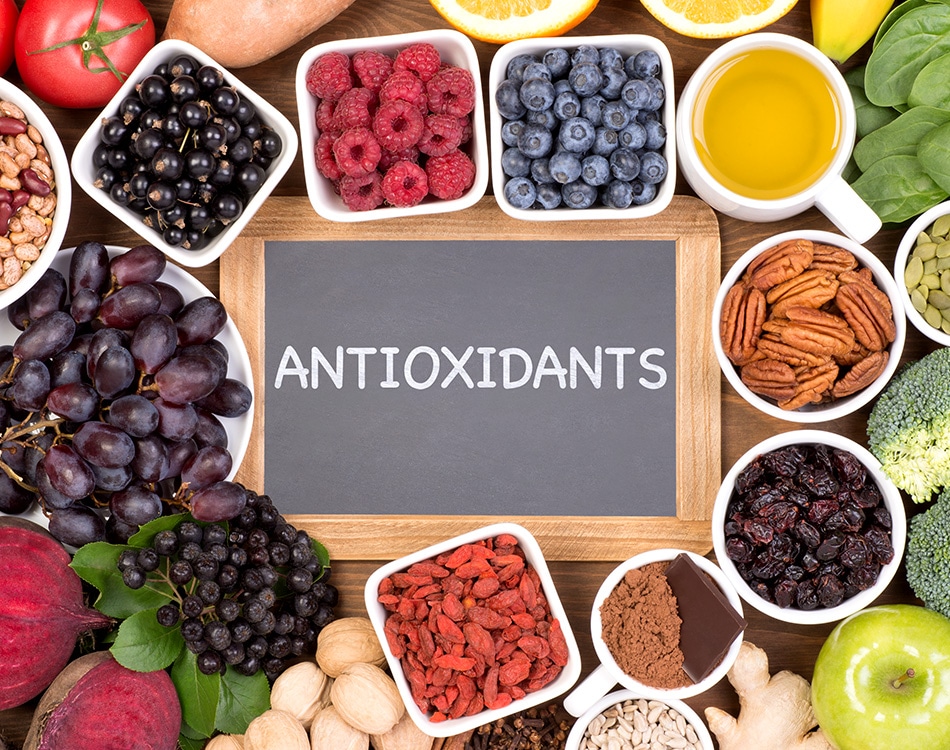
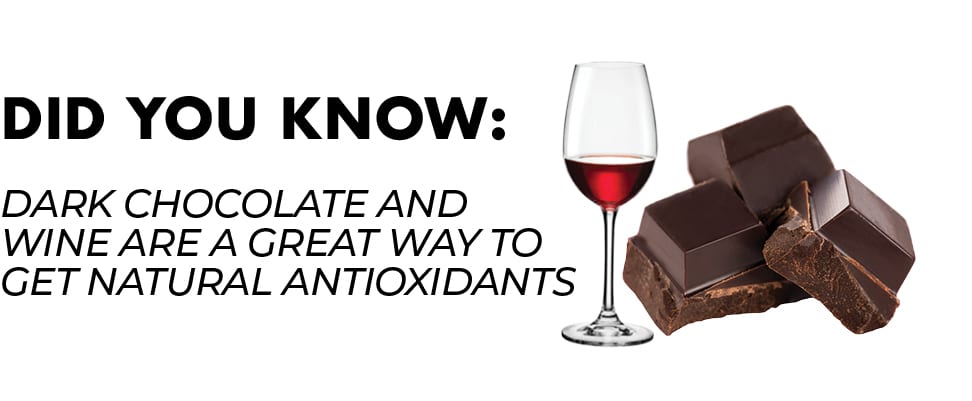
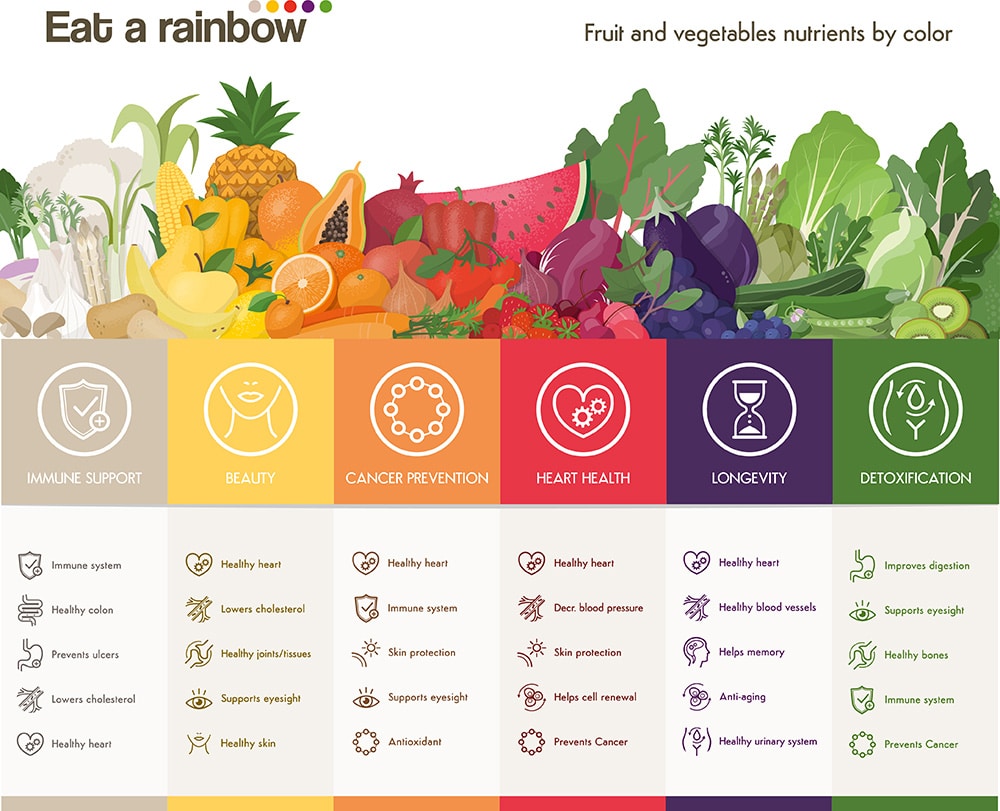
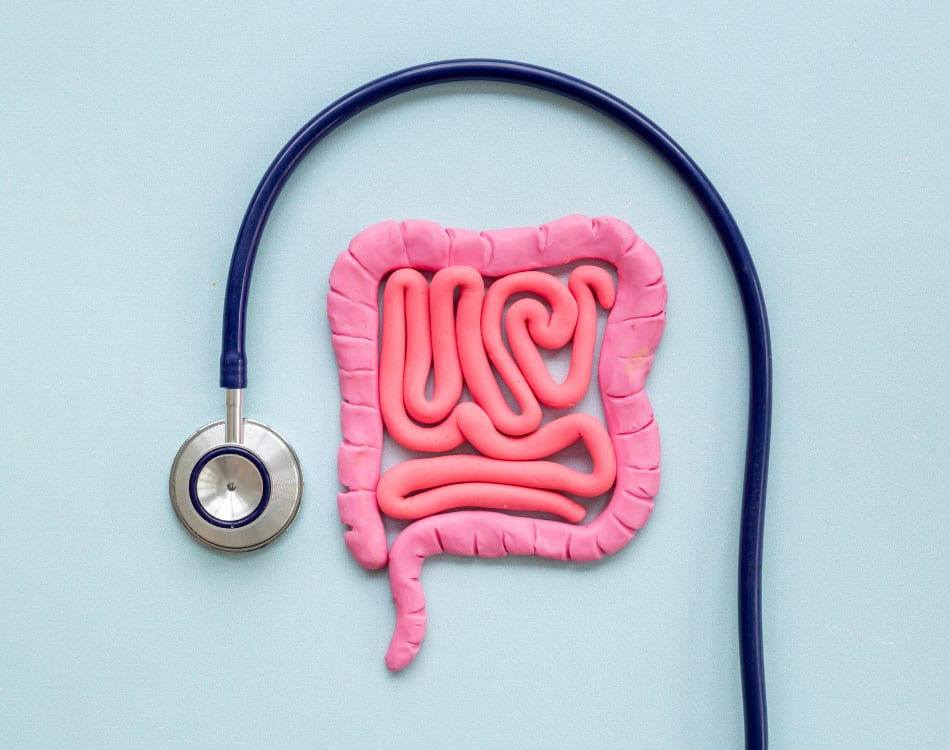
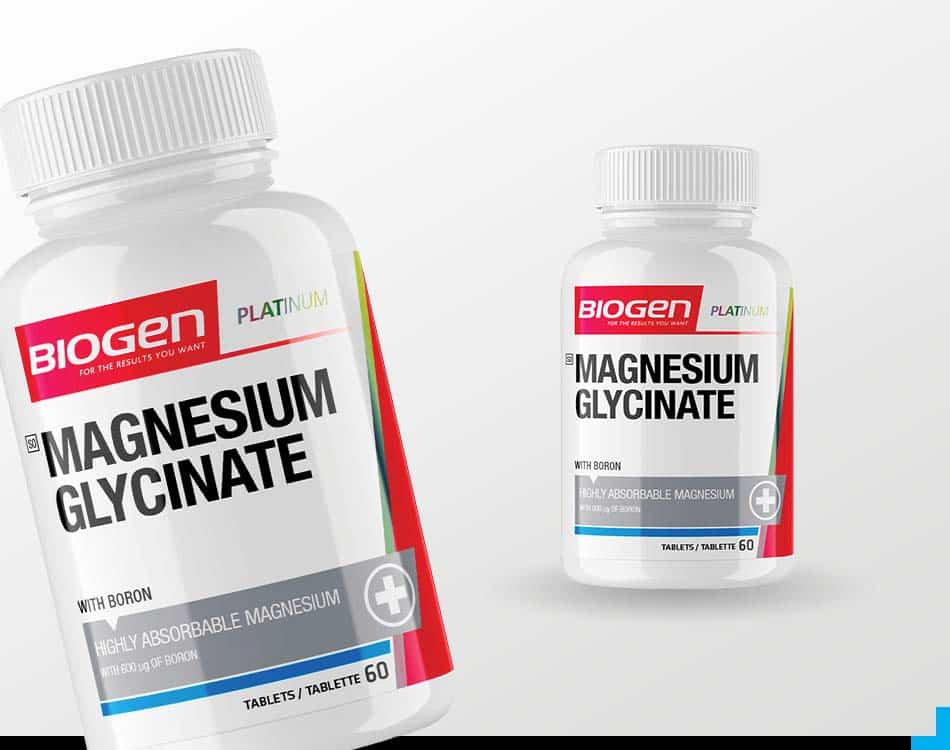
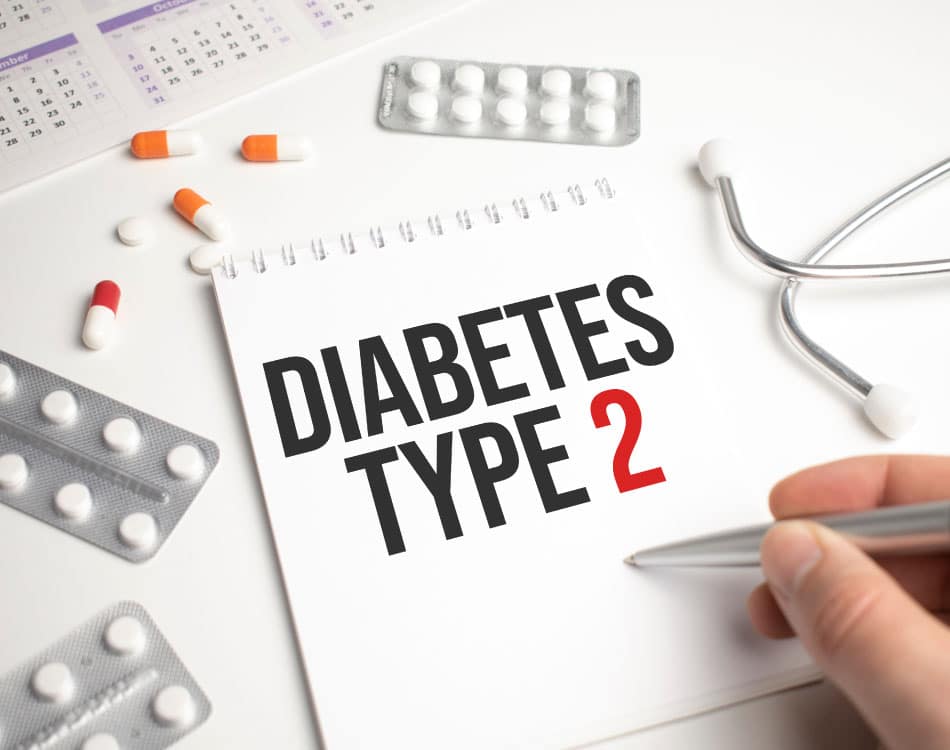
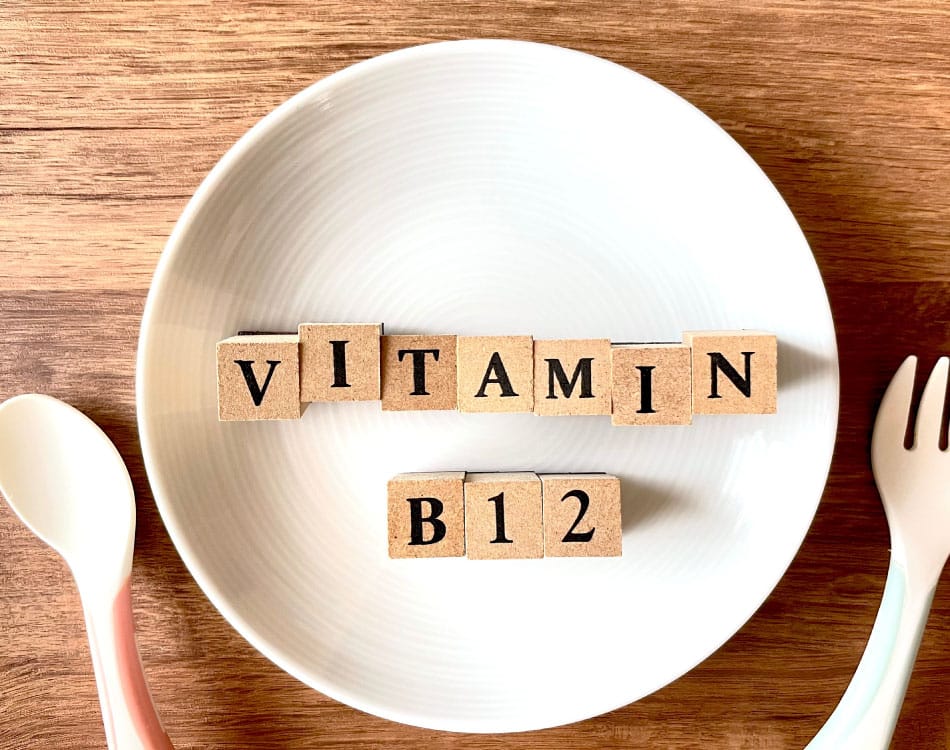




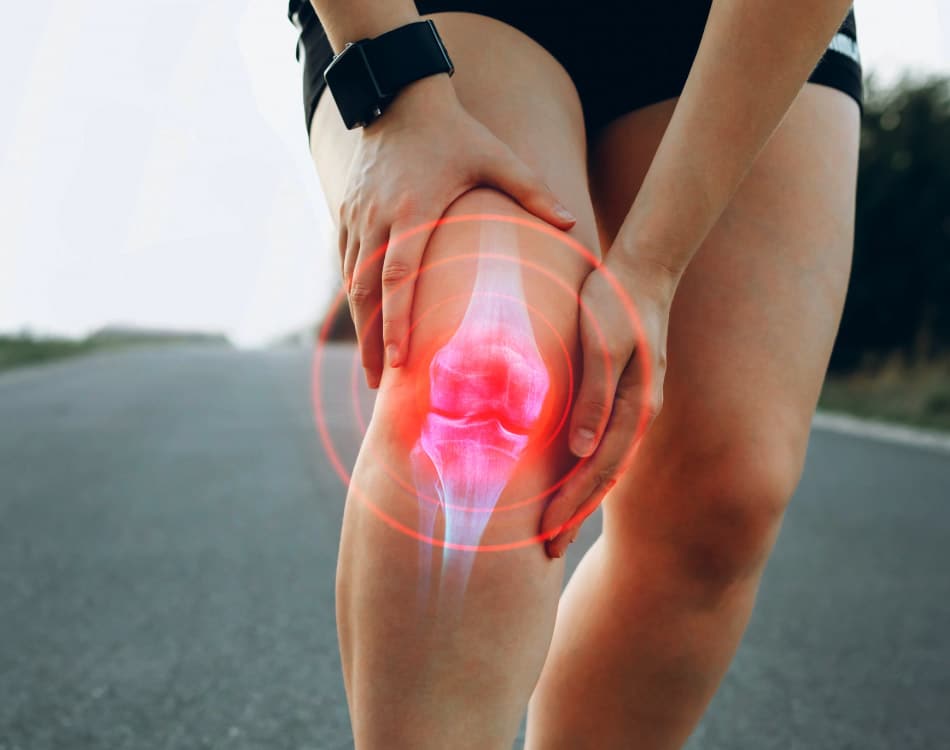
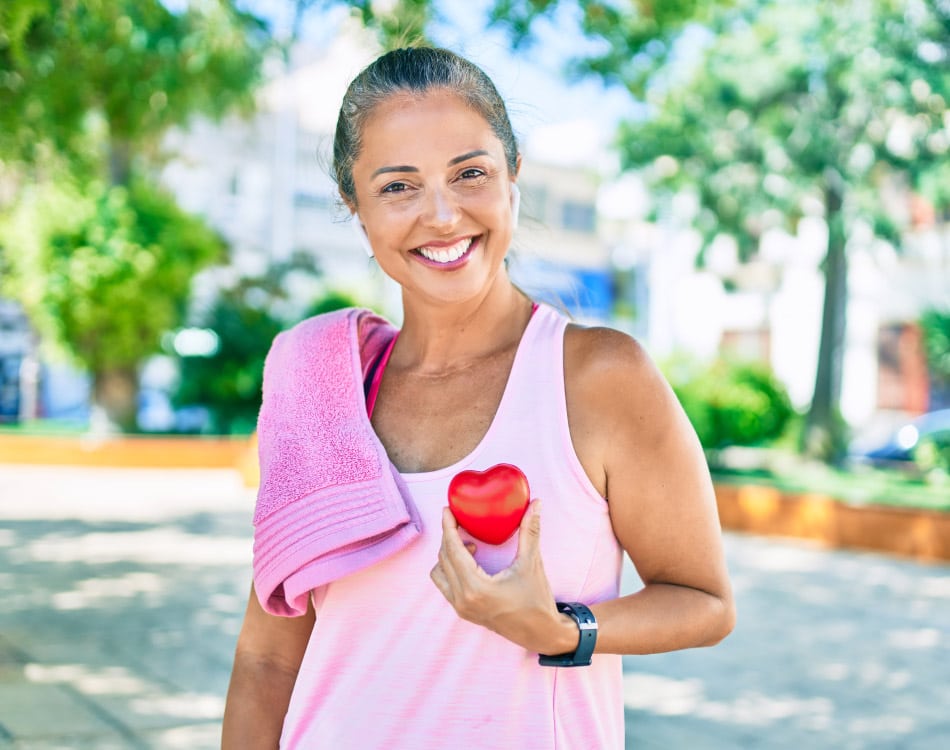
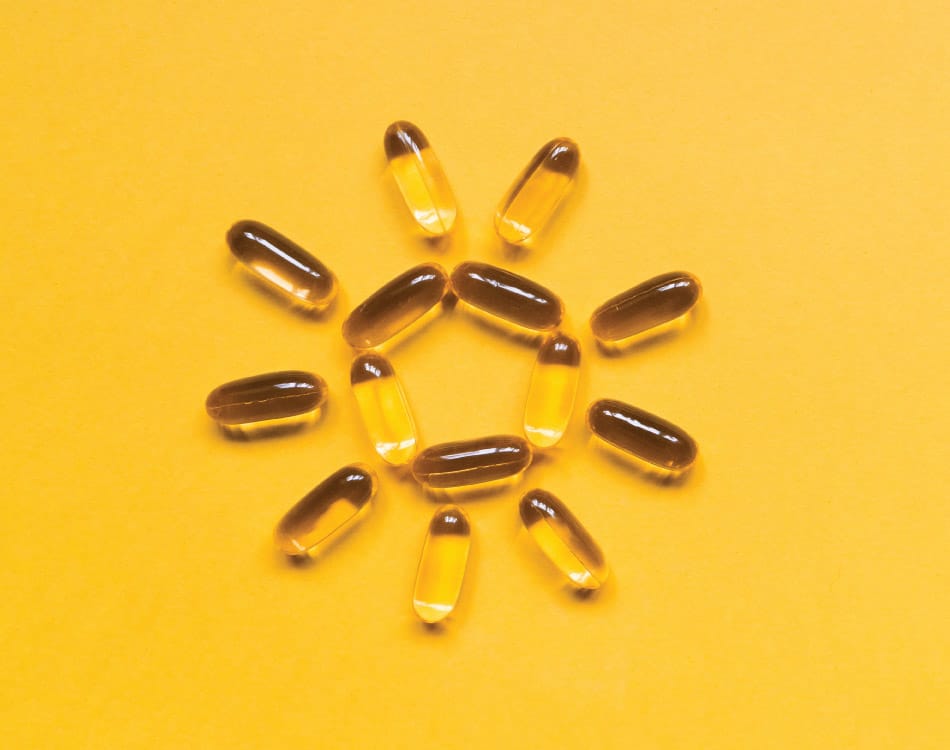




Leave A Comment